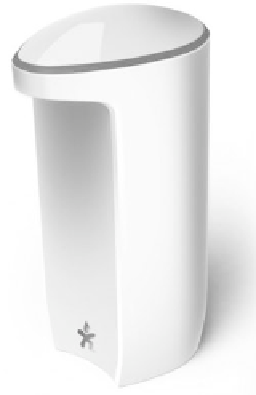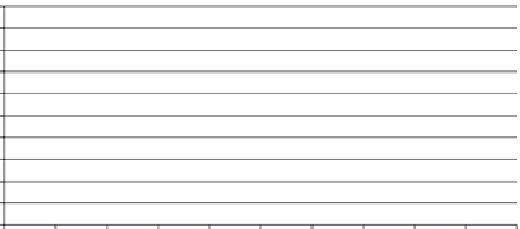Environmental Engineering Reference
In-Depth Information
FIGURE 21.5
TWI's municipal product, the TWI 2.0 series.
TWI 2.0 life study data
50
45
40
35
30
25
Ta p water arsenic concentration
Filtered arsenic concentration
20
15
10
5
0
0
5000
10,000 15,000 20,000
25,000
Filtered water (liters)
30,000 35,000 40,000 45,000 50,000
FIGURE 21.6
Plot of arsenic level in water, both uniltered (from tap), and after passing through TWI's installed 2.0 product.
The arsenic level is reduced to below the US/WHO standard of 10 ppb up to an incredible volume of 50,000
liters.
concentration in the tap water in one region in Mexico, and the arsenic concentration after
TWI 2.0 as a function of the volume of water passing through the ilter at a low rate of
1.5 LPM. These levels of arsenic in the water are incredibly high, and TWI's product
reduces the level to below the US/WHO limit of 10 ppb up to an incredible 50,000 liters at
high low rates for routine, everyday use.
The new business model is a direct sale to the municipality on behalf of the Mexican
people. We had to make a bet with “all of our chips.” We engaged in a bid process that took
us over a year; we showed that our POD approach saved the municipality 70% of its costs
over a 5-year period. We confronted a lot of business resistance from the bottled water
owners; however, we inally prevailed when we won the irst municipal contract ever in
the world to install POD devices in homes. This took place in Durango, Mexico, thanks to






















